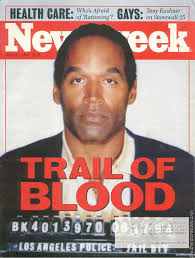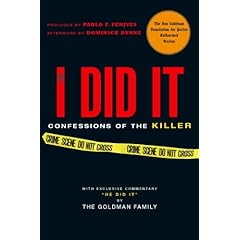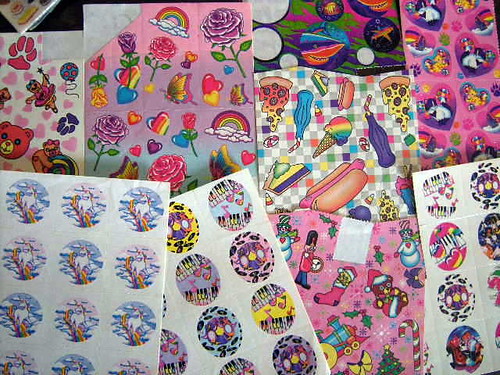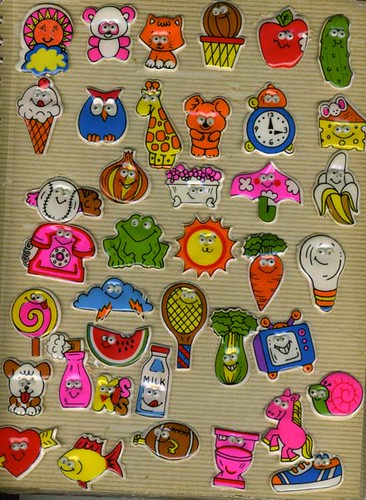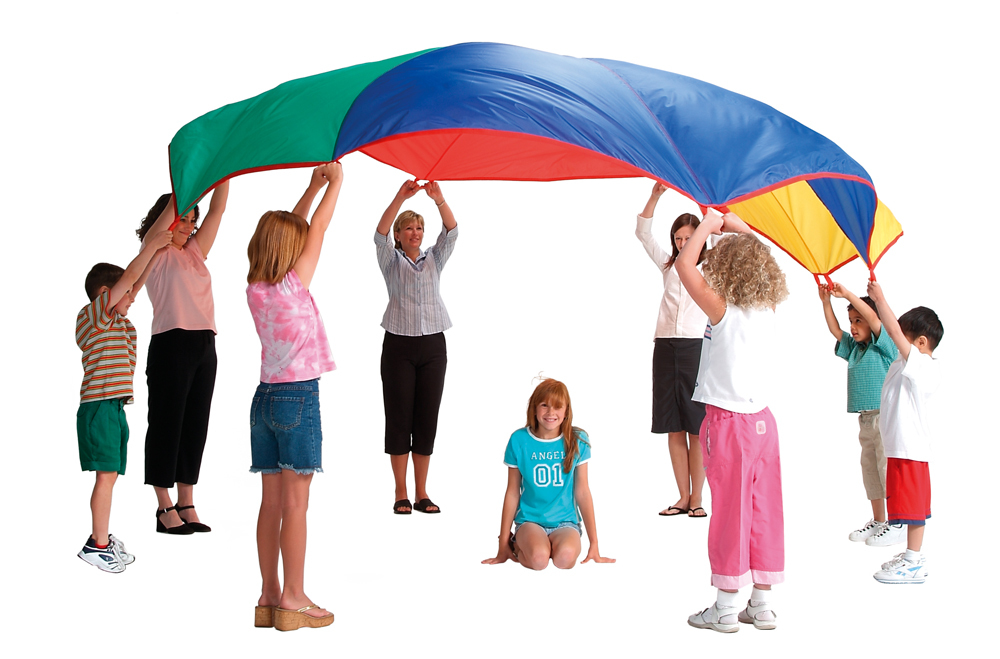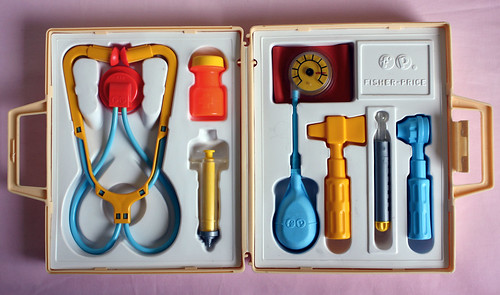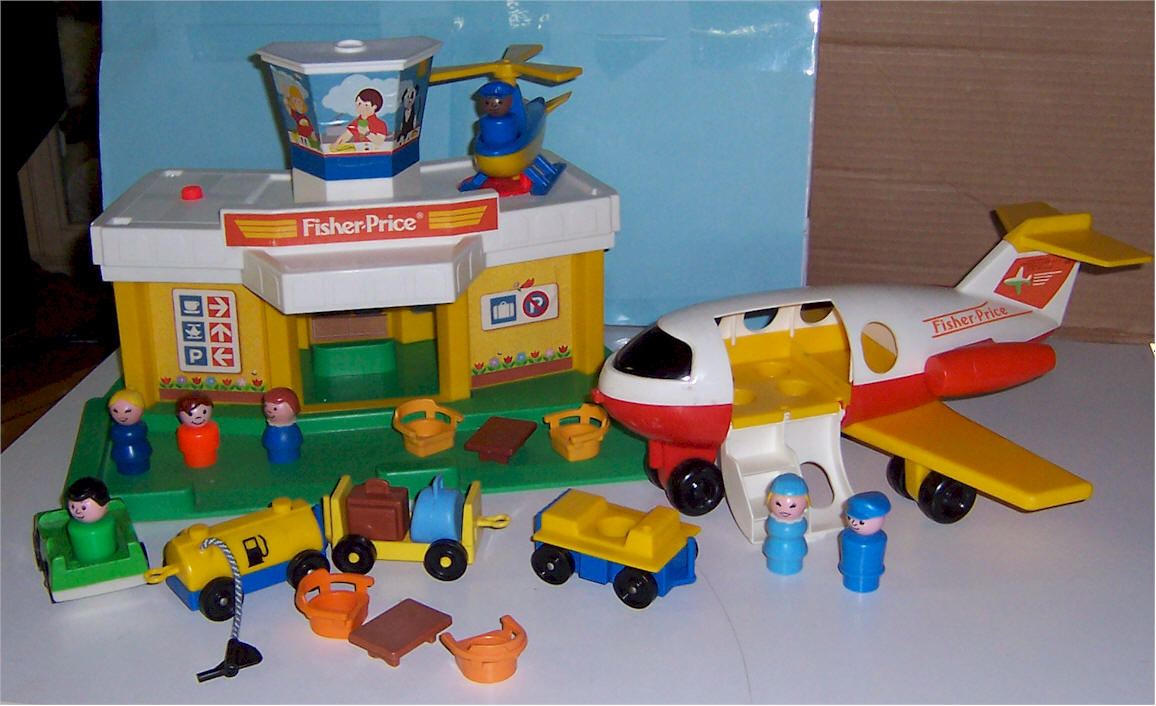
If ever there was a movie to make a generation of children wish they could act as mother and migration guide to a flock of adorable Canadian geese, Fly Away Home is it. To be fair, it sort of has the market covered; the premise of the movie is so specific and original that we can safely say there is no other family film quite like it. While it may have given us all some unrealistic expectations about the boundless potential of our parents to swoop in (literally) and save the day, Fly Away Home is ultimately a feel-good story about the power of family and the triumph of doing the right thing. Plus, it showcases the surprising cuteness of Canadian geese. Those little guys are adorable.
Like all good 90s family films with a focus on animals, the story hinges on some anonymously evil bad guys who are inexplicably hell bent on destroying the benign, unoffensive project. In real life we rarely find such strong-willed opposition to these types of sweet, well-intentioned endeavors. For the sake of plot development, Fly Away Home follows the underdeveloped universal bad guy formula with little deviation. It does so skillfully enough, though, that we are convinced a local game warden can be a calculating, ne’er do well evil plotter while area ornithologists have the potential to save the day.
The story is actually very loosely based on a true story, but truthfully the movie explores the general plot in a way much more heartwarming and family-friendly than the inspiration. Fly Away Home gives us a little of everything from the family film value variety pack: relationship development between father and daughter, strong bonds formed with loyal animals, and an exciting and potentially dangerous journey. Before the release of this movie, it’s a safe bet to assume none of us had a deep desire to fly a glider painted to resemble a goose, but the movie’s power of suggestion was strong enough to implant the idea deep within all of us. I’m still waiting for my chance, but the best I’ve been able to scrounge up is a flight in a glider painted like a rogue cockatoo. I’ve got to say, it just wasn’t the same.
Fly Away Home (1996) - Movie Trailer
Uploaded by Silverhawk82. -
Fly Away Home opens on a tragedy in traditional fairy tale fashion with the untimely death of main character Amy’s (Anna Paquin) young mother. If we have learned anything from Disney films, it is that if you seek to become a hero, it’s pretty imperative that your mother is killed off in the first fifteen minutes of the film. Amy is no exception, and the tragic car crash leaves her poised to emerge as a strong sympathetic hero a la Bambi, Jasmine, Cinderella, Snow White Sleeping Beauty, or any of those other half-orphaned Disney protagonists.
Amy’s father (Jeff Daniels) arrives from Canada to transport her from her home in New Zealand to his in Ontario. Their relationship is understandably strained considering he’s never taken any prior interest in her existence. Nonetheless, they forge ahead under tense circumstances, with Amy resenting her father and his live-in girlfriend (Desperate Housewives’ Dana Delany) the whole way through.
Following a construction incident near a local Canadian geese nesting area, Amy discovers a batch of abandoned unhatched eggs. As the goslings hatch, their natural imprinting instinct leads them to believe Amy is their mother, cementing their status as completely inseparable. By this point, of course, we’ve gone too far blissfully uninterrupted by highly motivated obscure animal-hungry villains. In this case, the local game warden is adamant about clipping the geese’s wings--an action that leads Amy to throw a popcorn bowl in the general vicinity of his head. Ouch.
Cuteness--and some weirdness--ensues, with several sequences involving the geese following Amy around a field and joining her in the shower. Amy’s father Thomas is excessively determined to see these geese through to migration, so much so that he researches some land in the US that he could purchase as their nesting area. I’ve heard of trying to buy your kid’s love, but buying a plot of land for a group of geese that think your daughter is their mother? Seems a little excessive.
Thomas hatches (hatches!) a scheme to teach the birds to migrate south using a small aircraft. After many sporting tries and dramatic near-miss incidents, Thomas and Amy assemble the ultimate migratory vehicle complete with Canadian goose exterior paint job. They practice their vee formations and set out for North Carolina without so much as a map.

Like all good family adventures, they endure some troubling trials and tribulations but ultimately emerge victorious in their mission. The duo attracts a great deal of media attention and fanfare, though they nearly lose their intended land to developers. Thomas’s plane breaks down, Amy goes it alone, and--spoiler alert--she makes it. I know, it’s shocking to see a happy ending like this for a children’s movie. Truthfully, though, Amy has us rooting for her the whole way.
Fly Away Home is ultimately heartwarming and sweet without being overly corny. Unless you are made of stone, you probably shed a tear or two at the film’s conclusion when we saw photos of the geese returning to Amy’s farm in Ontario the following spring. Assuming I don’t have a large contingency of granite readers out there, it’s safe to say you all sniffled a bit at those credits. It’s okay, let it all out--after all, if you can’t cry at the triumphant return of a gaggle of Canadian geese that beat the migration odds, what can you cry at?






















